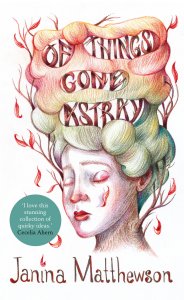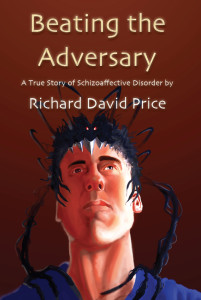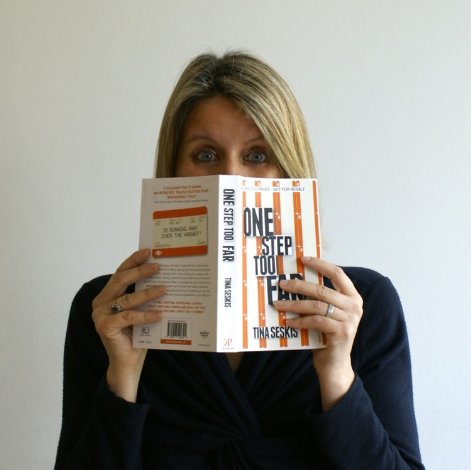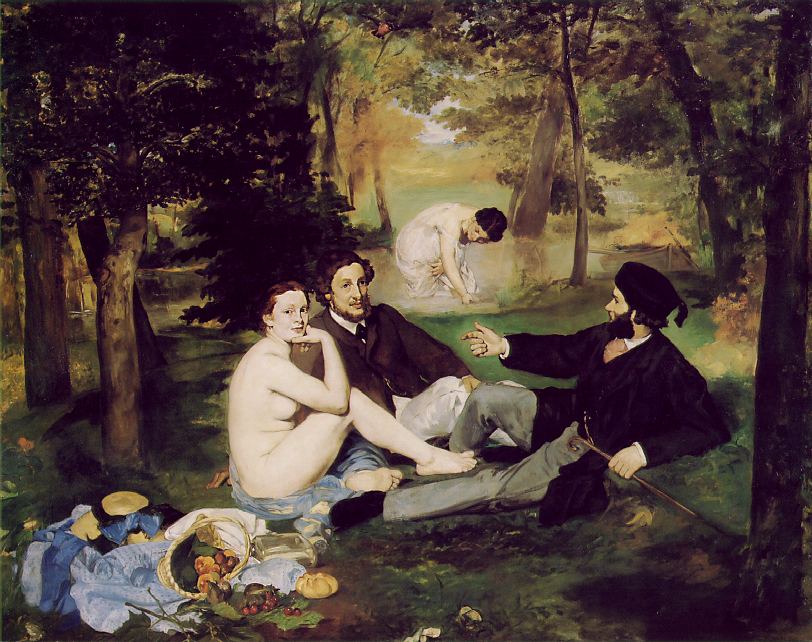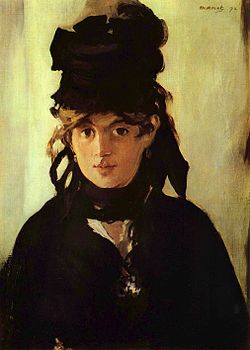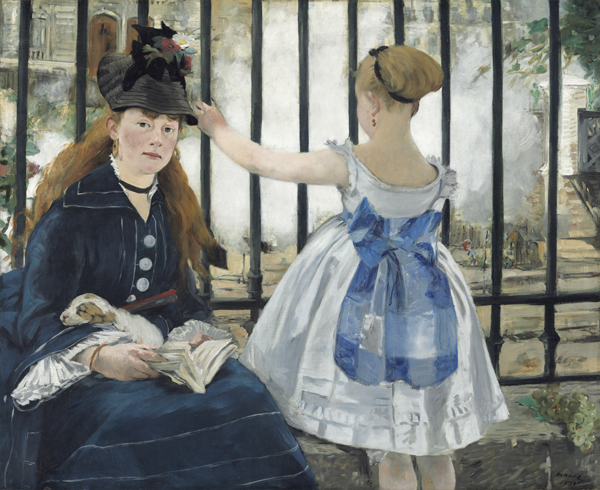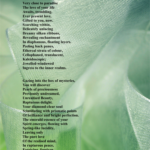‘Of Things Gone Astray’ by Janina Matthewson is a quirky, engaging read, with an almost mystical, fairy tale quality, which cleverly links a diverse set of characters, events and objects with a subtlety that had me going back to check my previous understanding of the narratives.
There are hints of past and future connections unfolding in the stories, and the characters, paradoxically, are depicted briefly, almost as sketches, yet with depth – quite an accomplished balancing act, to offer enough to satisfy without revealing too much too soon.
‘Of Things Gone Astray’ offers a glimpse of how people respond and react to loss, to change, to transformation in very different ways, from the innocence of childhood to the malaise of middle age, demonstrating how we can easily become lost to each other if we fail to observe what’s in front of us, and become too self-absorbed or fearful.
An accomplished first novel, which left me looking forward to the author’s next work.
Christine Miller

Janina Matthewson is a writer and trained actress from Christchurch, New Zealand. She now lives in London. Of Things Gone Astray is her first full-length novel.
Find ‘Of Things Gone Astray’ Here
HarperCollins UK, HarperPress/4th Estate/The Friday Project
